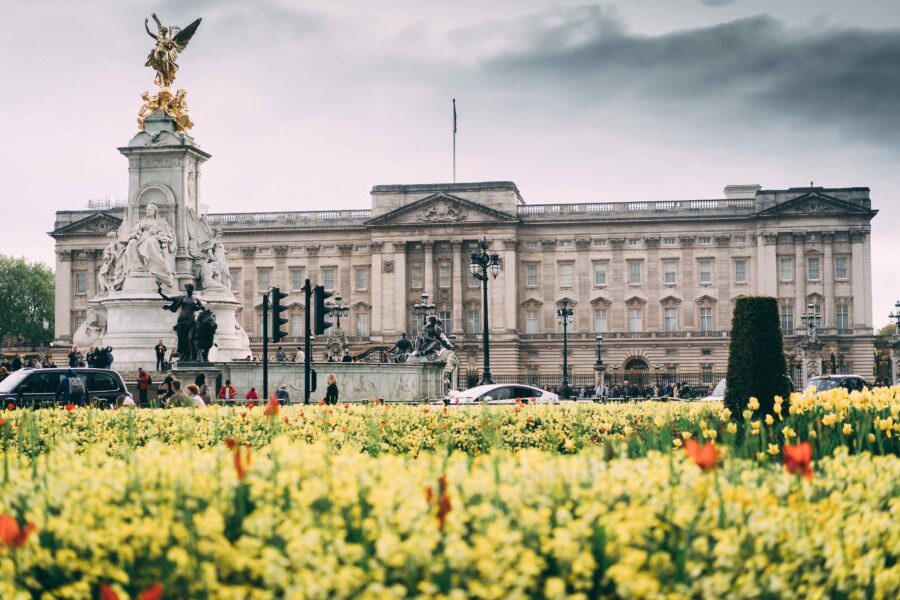Published: 06 Sep 2023
Here in the UK, we have a wealth of history and some of the most striking and impressive buildings you’ll ever see. In London alone, there are a multitude of structures to admire. One of the most famous and identifiable sights in the world is the official royal residence at Buckingham Place. Originally known as Buckingham House, the building at the core of this sprawling structure was a large townhouse built in 1703 for the Duke of Buckingham. During the 19th century, the house was enhanced and enlarged by architects John Nash and Edward Blore. This resulted in three wings around a central courtyard. So essentially the current palace is a huge extension!
Sites to behold
Visible from anywhere across the cityscape, the unmissable Shard is a 72-storey skyscraper designed by architect Renzo Piano. At 309.6 metres high, it’s the tallest building in the UK. Piano designed the Shard as a spire-like sculpture emerging from the River Thames. The Palace of Westminster too is an incredible landmark and a functioning building too. Also known as the Houses of Parliament, its name derives from Westminster Abbey nearby. Since 1066, the abbey has been the site of the coronation of 40 British monarchs. Construction on the current church began in 1245 on the instructions of Henry III. In 1987, the abbey, the Palace of Westminster and St Margaret’s Church was designated a UNESCO World Heritage Site.
Protected heritage
Architects and designers have created some impressive buildings dotted throughout the British landscape. To take a random example, you may do a doubletake if you are driving through the Cheshire countryside and think you can spot the clocktower of Big Ben rising over the landscape near Chester. What you can actually see is the Duke of Westminster’s estate at Eaton Hall, the chapel of which features a clock tower that closely resembles its London counterpart.
There are feats of ancient engineering too, such as the standing stones at Stonehenge, a structure so extraordinary that it’s still a mystery as to how it was assembled. In Cornwall, there’s the Minack Theatre, a modern theatre, which harks back to the Roman days of open-air arena as performance space, with the spectacular backdrop of the Atlantic Ocean. There’s the wonderful Bath Abbey, which stands in another UNESCO World Heritage site, the City of Bath. Other UK built sites recognised by UNESCO include the Victorian model village of Saltaire in Shipley, West Yorkshire, the grand Blenheim Palace in Woodstock, Oxfordshire, Canterbury Cathedral and several castles. All demonstrate the skill of designers, architects, artisans and, of course, surveyors, who created these memorable spaces.
Historical interest
No structure says ‘historical landmark’ more than a castle and there are a multitude of them scattered throughout England, Scotland and Wales – the likes of Windsor, Warwick, Edinburgh, Sterling, Cardiff, Harlech and Conwy – is various conditions and states of disrepair. The coastal Welsh fortification at Conwy, in particular, is a striking fortress, situated on an estuary and beside a railway and road bridge across the River Conwy. It was built between 1283 and 1287 by Edward I, as part of the wider project to create the walled town of Conwy itself. The entire construction cost of the project, castle and all, was £15,000. Today the castle is a ruin, popular with tourists visiting the North Wales coast. It’s interesting that even a ruin like Whitby Abbey in Yorkshire has become a tourist attraction, thanks to its connection to Bram Stoker’s Dracula – proving that a building’s lifespan and appeal can long outlast its function as a building in its original form.

